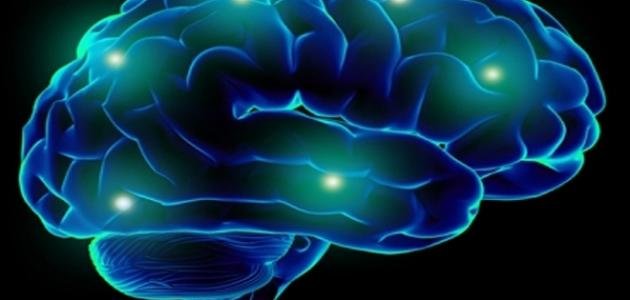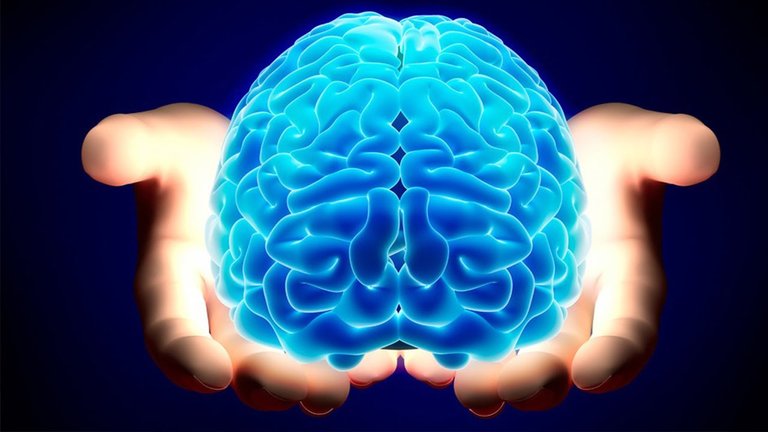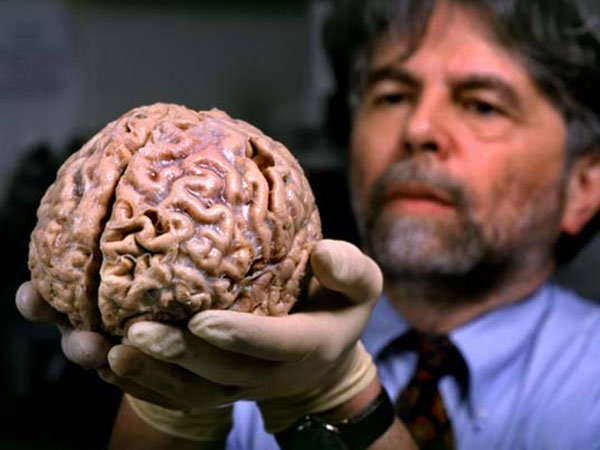
The brain is one of the most important and complex devices in the universe. Some scientists say it has 10 billion neurons, which is roughly the number of stars of the Milky Way. Other scientists say it contains 100 billion cells. If we connect the brain's brain cells to each other, to the moon. Of all the creatures of the world, the giant reptiles that lived 200 million years ago had a primitive brain that helped them to live with primitive responses only, for example the violent defense response to themselves and the regions in which they live, and these kinds of responses are also found in modern humans. Scientists say that almost 100 million years ago the cerebral cortex or cerebellum had evolved to a higher level than the primordial level, and was able to reap emotions such as anxiety, fear, and a simple ability to remember. Scientists say that the human brain develops and grows with life and challenges, and is distinguished from the rest of the brains of other organisms with the NewCortex layer, which accounts for 50 percent of the brain mass. Its function is to enable man to carry out ideas. Parts of the brain Brain: The brain is located in the upper part of the brain. It contains a meandering called brain plasm, the most complex and sensitive part of the brain, gray. It is responsible for remembering, understanding, questioning, and intelligence. The cerebellum, the smallest part of the brain, spherical, located in the lower part of the brain, contains half the number of neurons in the brain, and its task is related to body balance, reactions, and regulation of motor functions. The brain stem is a brain mass that connects the brain with its three parts. The rectangle is a function of transmitting nerve commands across the rectum from the brain to the rest of the body. It also transmits sensory information from the body to the brain. It contains breathing centers, awareness centers, And areas of pain. Brain work The brain contains complex circuits of billions of neurons in it. Unlike the computer, the brain is made up of thousands of cells that are different in shape and components, which are connected and distributed in several areas of the brain. In cases of brain disease. Each of these cells is a distinctive circuit; it receives and analyzes information from thousands of nerve cells, and re-exports its own electrical signals to and from each other. Neural signals may reach thousands of other cells, and each process takes only a fraction of a second. This process occurs thousands of times per minute; so each of the cells has a hundred billion nerve signals throughout life.

Sort: Trending